Ergonomics First: How GraviPro and Flit Lift Make “Weightless” VR Real for Longer Sessions
For VR gamers, headset users, and developers who want marathon sessions without the payback of sore necks, weightless-feeling VR is not a fantasy — it’s an engineering problem with practical solutions. This guide explains how deliberate ergonomic design, led by two complementary technologies — GraviPro’s dynamic lifting and Flit Lift’s comfort layer — redistributes headset load, lowers neck torque, and keeps immersion from being interrupted by fatigue. ⏱️ 11-min read
Read on for clear principles, quick-fit setup tips, real-world impact metrics, developer integration guidance, and a step-by-step deployment path you can test tonight. Whether you own a Vision Pro, a PC tethered rig, or are building content that expects long play times, these practices show how to turn weight into balance and discomfort into sustained presence.
Weightless Comfort Principles: Ergonomics as Design North Star
True “weightlessness” in VR starts with three straightforward goals: keep the headset’s center of gravity close to the body, reduce neck torque, and spread contact pressure evenly across the head and upper torso. When those goals are treated as the north star, every design decision — from strap routing to padding geometry — follows a measurable path toward lower fatigue and higher immersion.
Practical tactics include channeling load through a chest harness so the torso, not just the neck, shares the weight; using broad, padded straps to prevent pressure points and pinching; and isolating crown, cheek, and occipital supports so each contact area can be tuned for different face shapes, eyewear, and hairstyles. Lightweight but durable materials keep the system stable during rapid movement, and dynamic load management dampens abrupt shifts that would otherwise cause micro-corrections and break presence.
Comfort also depends on contact-surface design. Breathable, moisture-wicking fabrics and low-friction coatings reduce heat and skin shear; contoured occipital support cradles the base of the skull while avoiding hard edges; and vent channels promote airflow to prevent the sticky, sweaty feeling that accelerates fatigue. In short: ergonomics isn’t cosmetics — it’s the functional architecture of longer, deeper VR sessions.
GraviPro Dynamic Lifting: Rebalancing Headset Weight
GraviPro treats headset weight not as a fixed burden but as a variable to be actively managed. Its dynamic lifting system uses actuated micro-gimbals and counterweight tethers to shift a portion of the headset’s effective mass toward the torso. The result: dramatically reduced neck load and fewer corrective motions during play.
The system continuously senses head orientation and applies counterbalancing in real time, so when you look down or make a fast pitch-and-roll, GraviPro moves with you rather than fighting you. For gamers, that translates into steadier tracking and less frequent re-centering; for VR workers and trainees, it means better task accuracy over hour-long sessions.
Quick-fit steps for common Vision Pro and similar rigs are simple and fast: 1) fasten the chest harness snugly but comfortably so the center-of-mass line runs near the spine; 2) attach the headband module and set the micro-gimbal to a neutral orientation; 3) start with a mid-range counterweight setting and perform a 10-second head-tilt check (forward, backward, side-to-side); 4) fine-tune until forward tilt no longer produces a noticeable downward pull. The quick-release adjustments handle glasses, hats, or long hair without compromising stability, and compact power and sensing in the headband keep the system light and low-profile.
Flit Lift: The Weightless Comfort Layer
Where GraviPro manages macro balance, Flit Lift softens the contact between helmet shell and skin. Think of it as a micro-suspension: responsive foam combined with a micro-lattice structure that spreads pressure, absorbs small vibrations, and reduces hotspots. The immediate effect is lower neuromuscular effort to stabilize the headset and fewer pressure-related distractions during long sessions.
Flit Lift’s vent channels and moisture-wicking fabrics address the hygiene and comfort problems that often limit session length. Users say the airflow reduces the “sweaty face” sensation and the washable, replaceable pads make shared deployments practical in classrooms or arcades. The modular quick-release inserts snap into the headset shell, letting you swap thickness and contour profiles to match different face shapes, eyebrow arches, and nasal bridges.
Installation is intentional but fast: choose the insert thickness that yields even contact across brow, cheekbones, and nose, then snap the module into place. If you feel pressure at the temples or a light gap at the cheeks during your first 60 seconds of active movement, swap to the next insert. Over time, Flit Lift reduces the number of mid-session belt or strap adjustments and noticeably improves perceived comfort in multi-hour tests.
Compatibility and Setup: Getting It Right
GraviPro and Flit Lift are designed to work across mainstream PC headsets, standalone devices, and many mixed-reality helmets. A set of adjustable mounts, interchangeable harness options, and modular padding interfaces let the system adapt to curved faceplates, compact shells, and varied crown geometries without sacrificing stability in dynamic scenes.
Key compatible families include popular tethered PC VR headsets, the Vision Pro family, and several standalone units where mounting geometry supports a low-profile headband. Essential components you’ll want on hand are the GraviPro module, chest harness, interchangeable tether straps, Flit Lift padding kits (multiple thicknesses), and either the low-profile wired power option or the wireless adapter to minimize cable drag.
Quick-fit checklist for a repeatable setup:
- Start with a snug harness that places the center of mass near the spine’s axis.
- Route cables along the back and shoulders, not over the collarbones; use low-profile connectors to reduce snag.
- Perform a neutral torso-tilt calibration: stand, level shoulders, then tilt head through a 30° sweep to check for pull.
- Adjust Flit Lift inserts until contact is even across brow, cheeks, and nasal bridge; re-check eye relief after each change.
- Save each user’s calibration profile if the software supports it to avoid repeated manual setup.
Real-World Impact: Fatigue, Balance, and Immersion
Numbers matter when you’re convincing players or stakeholders that a comfort system is worth deploying. In a 60-minute pilot study, users wearing GraviPro + Flit Lift reported 25–35% lower neck and upper-shoulder fatigue versus headset-only sessions. Those gains were consistent across reaching, turning, and typing tasks, indicating the benefits generalized to both active gameplay and more sedentary VR work.
Objective tracking backed the subjective reports: inertial sensors recorded fewer corrective yaw and pitch micro-movements, and posture monitoring showed steadier head alignment even during rapid turns. The reduction in micro-corrections has two practical outcomes — less muscular effort to stabilize the headset and a smoother camera/gaze input, which users equate to better “presence.”
Qualitatively, participants reported clearer gaze control and fewer hesitations in fast-paced scenes, which translated into longer tolerance for deep simulations. In a live training module for technicians on long pipelines, trainees maintained consistent pace through 60-minute blocks, needed fewer mid-session breaks, and exhibited steadier line-of-sight during inspections. Those real-world improvements are what make ergonomic design a force multiplier: better comfort becomes higher throughput and more reliable outcomes.
Developers and Integrators: How to Wire GraviPro into Experiences
Designing a weightless-feeling experience means integrating hardware signals into software behavior. GraviPro exposes a structured API and event system with cross-engine SDKs for Unity, Unreal, and native engines. These APIs surface balance metrics, gravity-compensation signals, and real-time load data so developers can tune physics, input sensitivity, and UI behaviors to user effort rather than a fixed headset state.
Practical integration patterns include mapping significant center-of-mass shifts to adaptive haptics (more support during heavy tasks), or tying UI prompts to cumulative load thresholds so the app recommends a micro-break when user effort climbs. Frame-ready callbacks keep latency below target budgets — GraviPro aims for sub-12 ms sensor-to-core processing to ensure balance adjustments feel instantaneous and don’t break immersion.
Developer QA checklist:
- Verify SDK integration with a live headset and record balance data during representative tasks.
- Test for latency under peak load to ensure weight compensation remains synchronous with head motion.
- Validate safety limits: ensure the system’s motorized elements cannot apply force beyond ergonomic thresholds.
- Confirm per-user profiles save and restore calibration parameters reliably between sessions.
- Run accessibility tests with glasses, long hair, hats, and facial hair to ensure consistent fit and no pressure hotspots.
Following this checklist keeps balance, safety, and repeatability in check — essential for studios that plan to ship content expecting extended sessions or varied user populations.
Step-by-Step Deployment: Practical How-To for Implementing GraviPro
Rolling out GraviPro across a studio, classroom, or arcade requires a clear deployment plan. Start by mapping your use cases: determine whether GraviPro will be core to every experience or an optional add-on for long sessions. Identify typical session lengths, participant diversity (height, head circumference, mobility), and the spaces where VR will be used (confined labs vs. open areas).
Conduct a feasibility check: confirm headset compatibility and assemble adapter kits for the most common shells in your inventory. Prototype fit with one unit: assemble the harness, attach the headband module, and run a fitting session with team members across a range of sizes. Observe and record balance settings that work across the majority of testers.
Create a calibration protocol and training material. A recommended per-user routine is:
- Don the harness and set chest strap tension to feel secure but not constricting.
- Attach the Flit Lift insert appropriate for facial profile and snap it in.
- Run the neutral head-tilt check and watch balance telemetry for forward/back drift.
- Fine-tune counterweight until forward tilt produces negligible pull; save the profile.
- Perform a 5-minute active test scenario and adjust if users report hotspots.
Document observations in a simple log, keep spare padding packs and fasteners, and decide whether to adopt a wireless adapter to reduce tether drag — the latter often yields a noticeable improvement in stability for longer sessions.
Case Study: GraviPro in a Live VR Training Module
A mid-sized manufacturing client deployed GraviPro and Flit Lift across a three-day VR training module focused on long pipeline inspections. Technicians needed to move through tall, cluttered aisles, inspect fixtures, and read small labels — tasks that can quickly reveal ergonomic shortcomings in headset-only deployments.
Trainers began each session with a five-minute stand-and-balance routine that validated harness fit, checked for hotspots, and ensured the headset sat level. The team fixed Flit Lift padding at known friction points and tuned strap tension to eliminate wobble while preserving full range of motion. The calibration prioritized steady line-of-sight because inspectors needed precise gaze control when reading labels.
Outcomes were tangible: trainees showed steadier gaze and fewer postural corrections during 60-minute blocks, fatigue ratings dropped 25–35% versus headset-only runs, and instructors observed fewer mid-session breaks. Users consistently reported that weight felt distributed across the torso and hips rather than concentrated at the back of the neck. Those improvements elevated both efficiency and safety; when fatigue is reduced, attention to detail rises, which matters in tasks where mistakes have real-world consequences.
Best Practices for Long Sessions: Maintenance and Usage
Long-term comfort depends on routine care and smart usage patterns. Before each session, tailor GraviPro to the user’s body: adjust device height, headset distance, and strap tension so the mask sits comfortably without pinching at the nose or temples. Re-check eye relief after any change; small misalignments can turn an otherwise perfect setup into a source of strain after 20–30 minutes.
Establish a rotating maintenance cadence: weekly inspections for straps, fasteners, and padding; monthly checks for micro-gimbal responsiveness and cable integrity. Replace worn parts promptly — a loose strap or degraded pad can create sudden shifts that force compensatory posture. Store components in a ventilated, climate-controlled space to prevent moisture buildup and fabric degradation.
Cleaning protocol for shared devices: wipe padding with a mild disinfectant and a soft cloth; avoid solvents and do not saturate cushions. Removable Flit Lift pads should be laundered or replaced per manufacturer guidance and always air-dried before reassembly. Keep multiple pad sets on hand and rotate them between users to extend life and reduce hygiene concerns.
Usage pattern recommendations:
- Calibrate at the start of each user’s first session and save their profile.
- Encourage micro-breaks every 45–60 minutes for extended play or intense training scenarios.
- Use the system’s load telemetry to prompt short breaks when cumulative effort crosses a threshold.
- Log fit issues and iterate padding or harness choices after 10–20 users to refine a “default” kit for your environment.
Routine care and smart usage turn an ergonomic advantage into consistent, measurable uptime for players and trainees alike.
Next step: if you have a headset handy, run a five-minute calibration tonight — attach a Flit Lift insert that feels closest to your facial contours, tighten the chest harness until the center of mass aligns with your spine, and perform a 30° head-tilt test. If forward pull is noticeable, increase counterbalance incrementally until movement feels naturally supported. That short ritual is the simplest way to experience how redistributing weight transforms comfort into persistence.


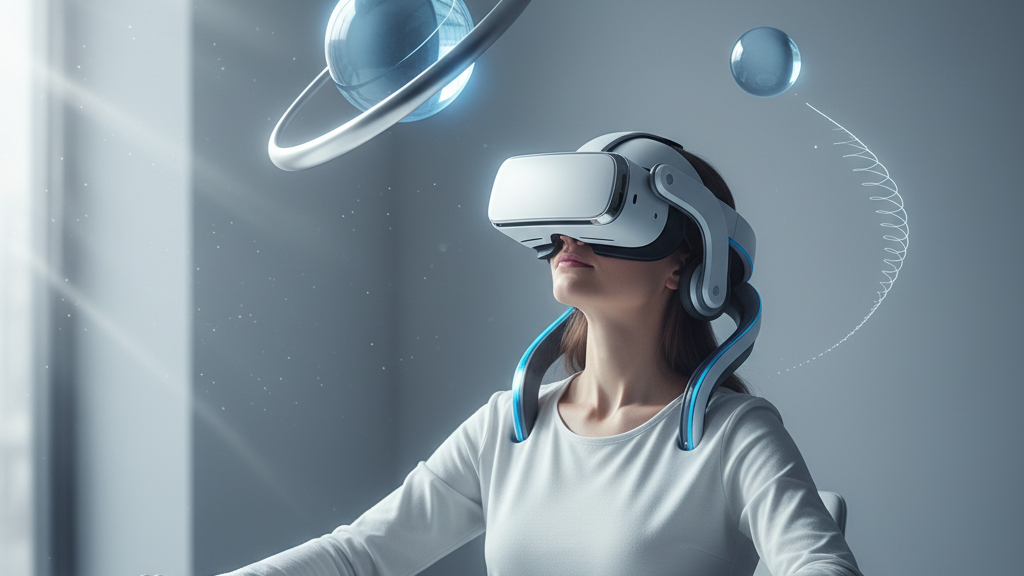
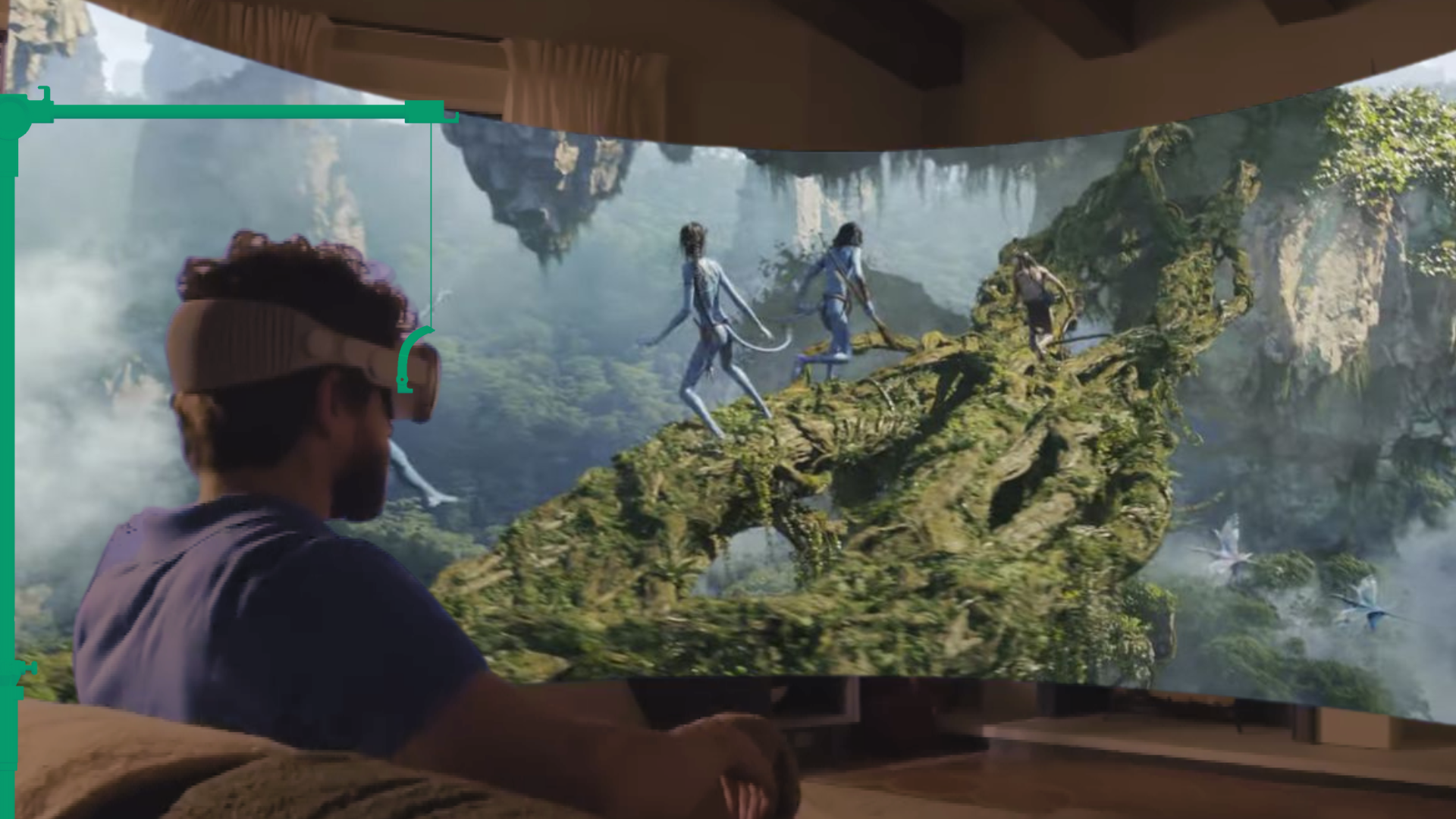
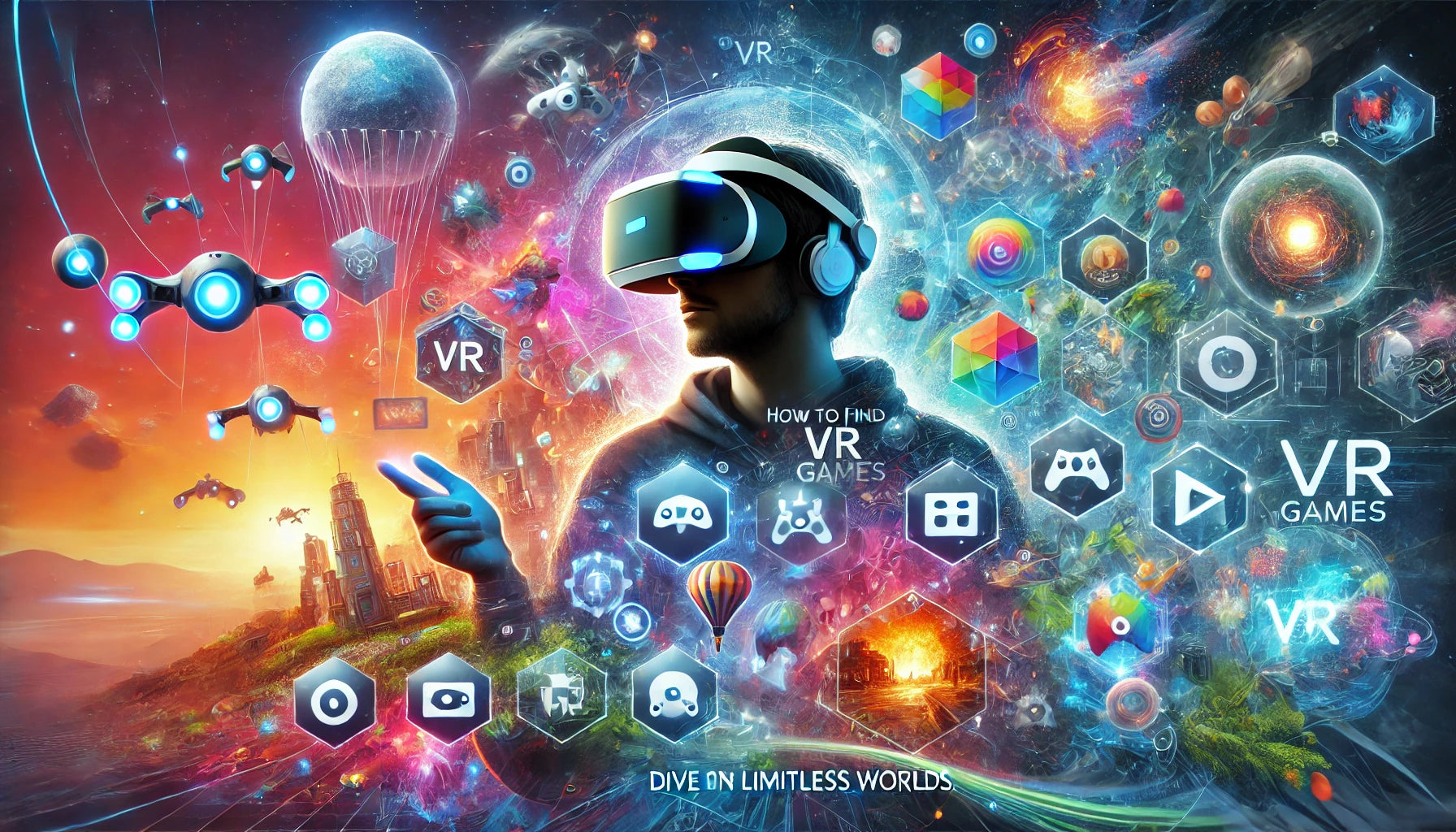
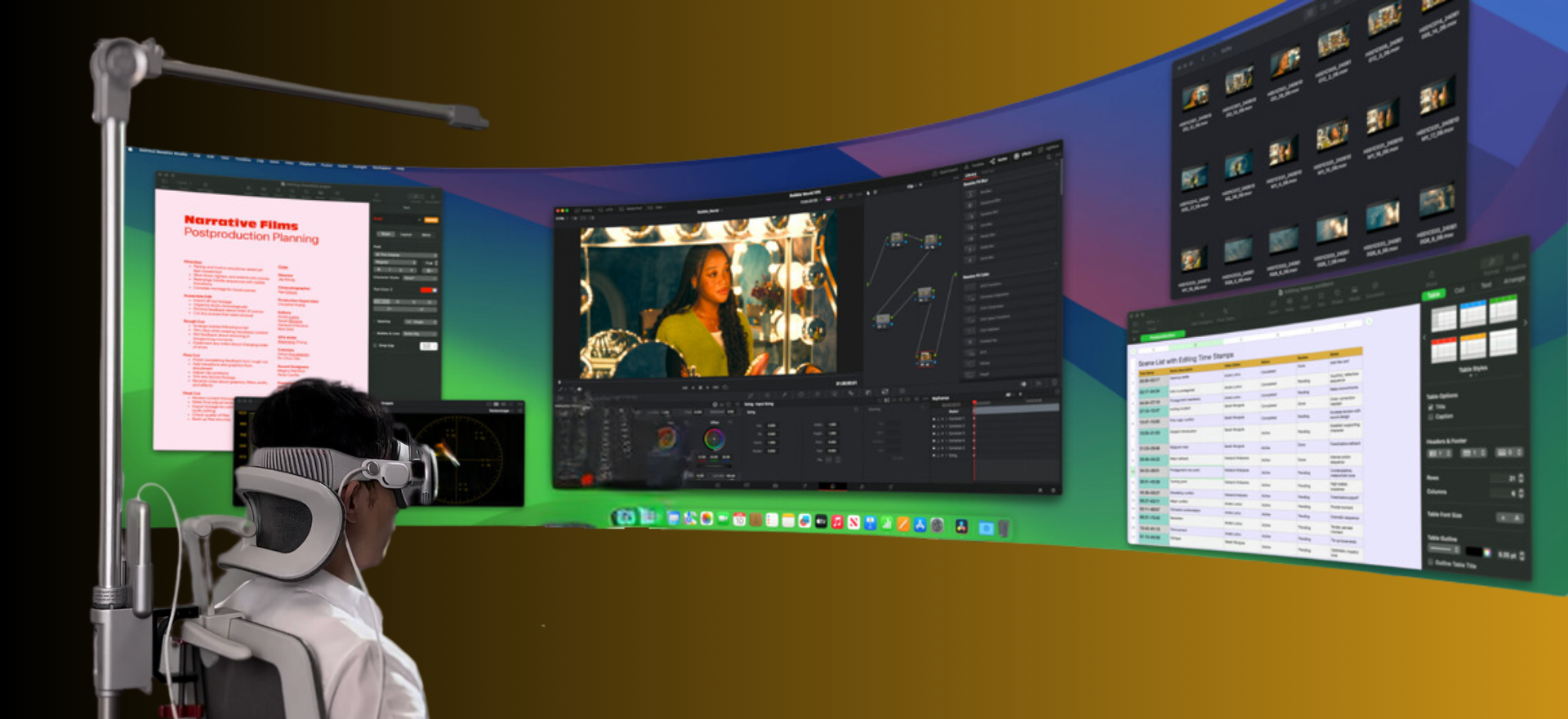
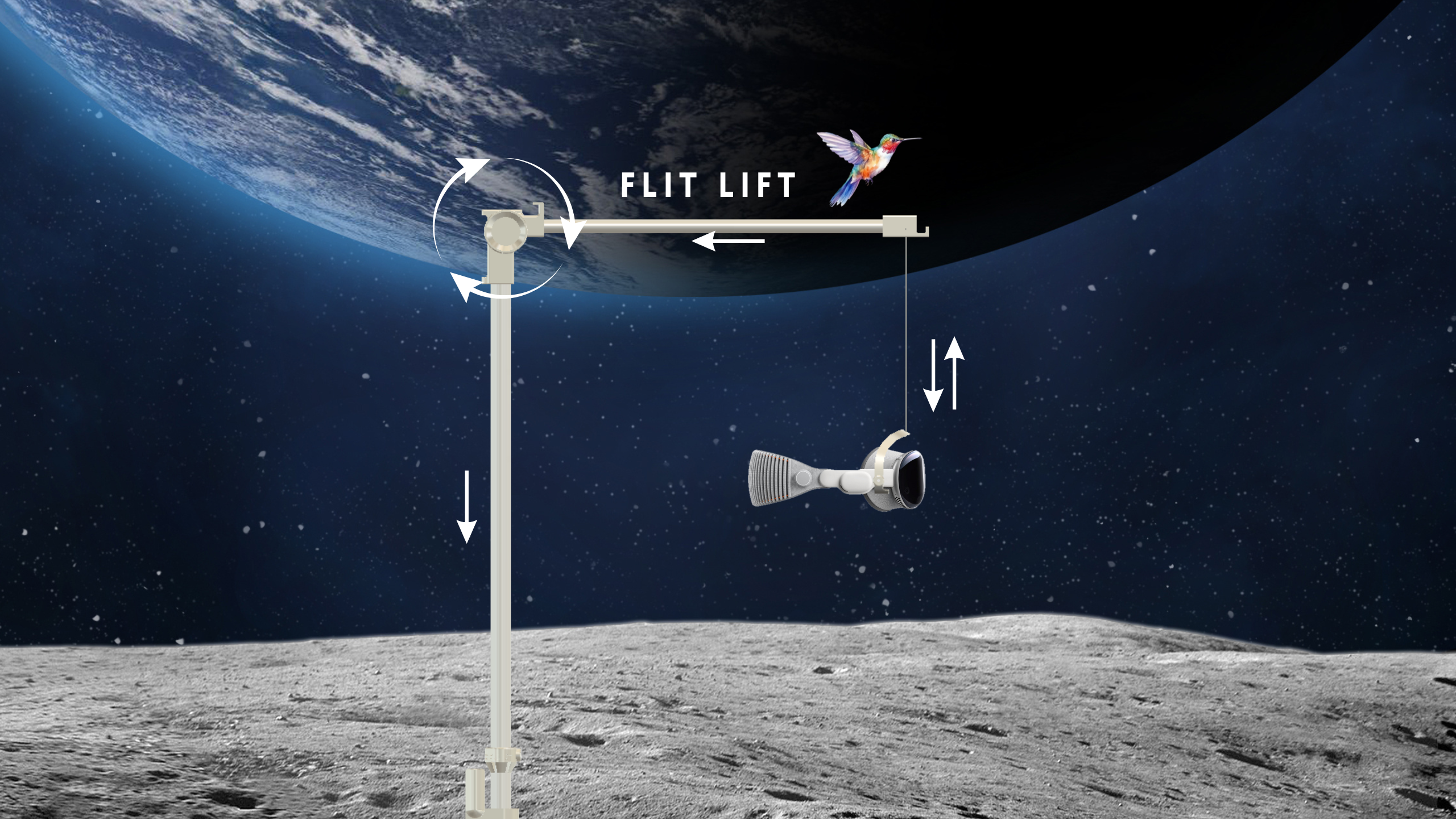
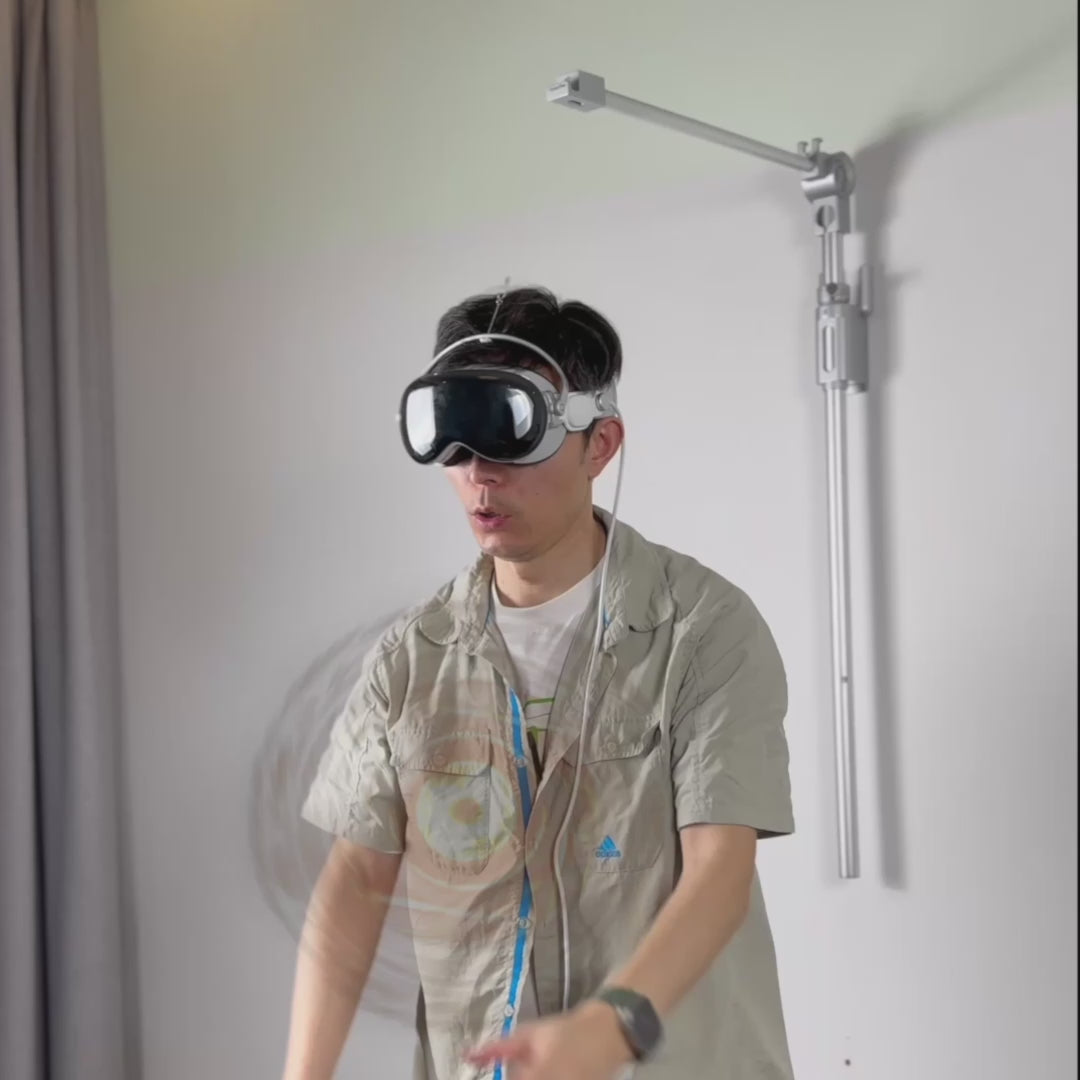
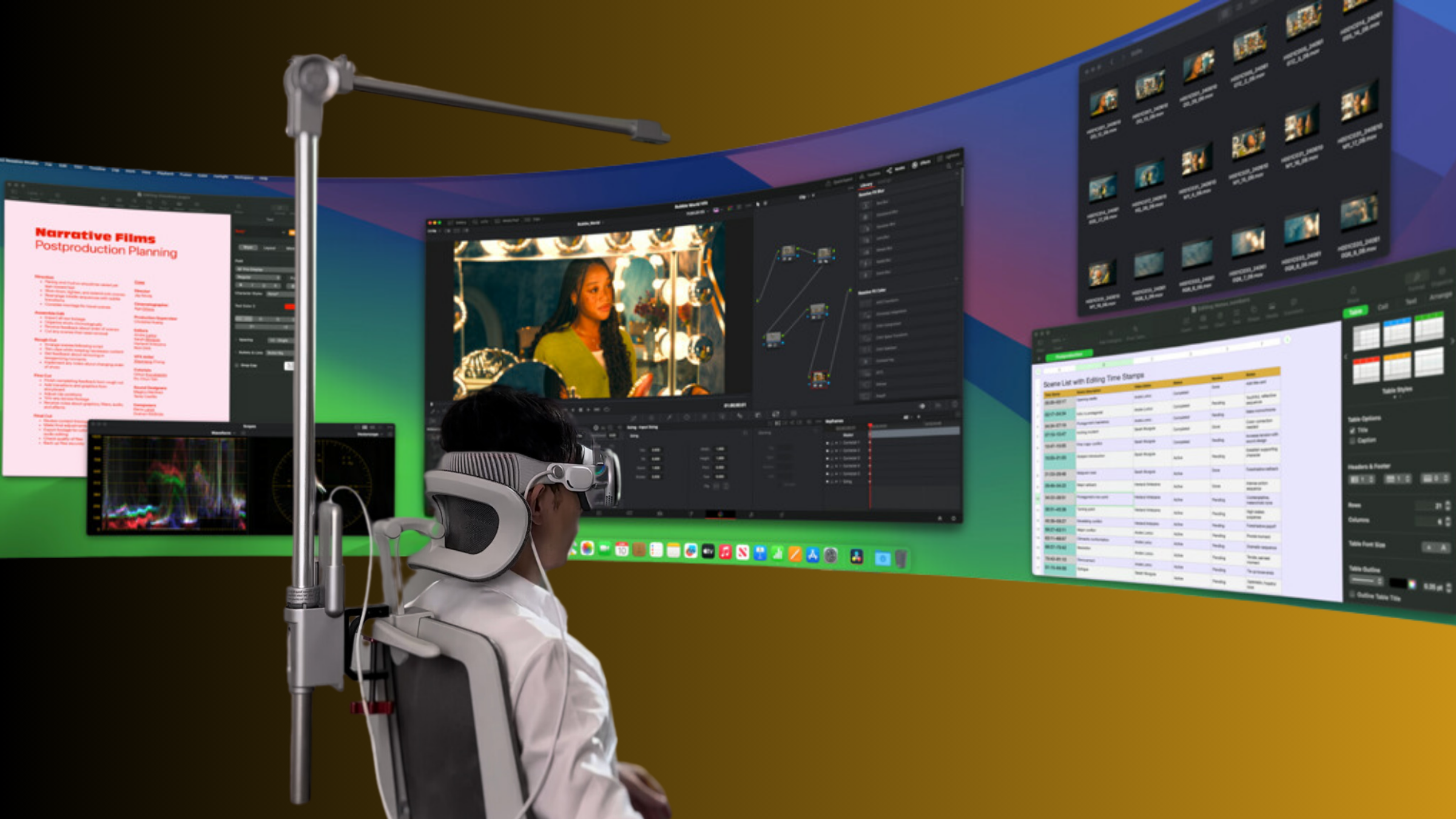
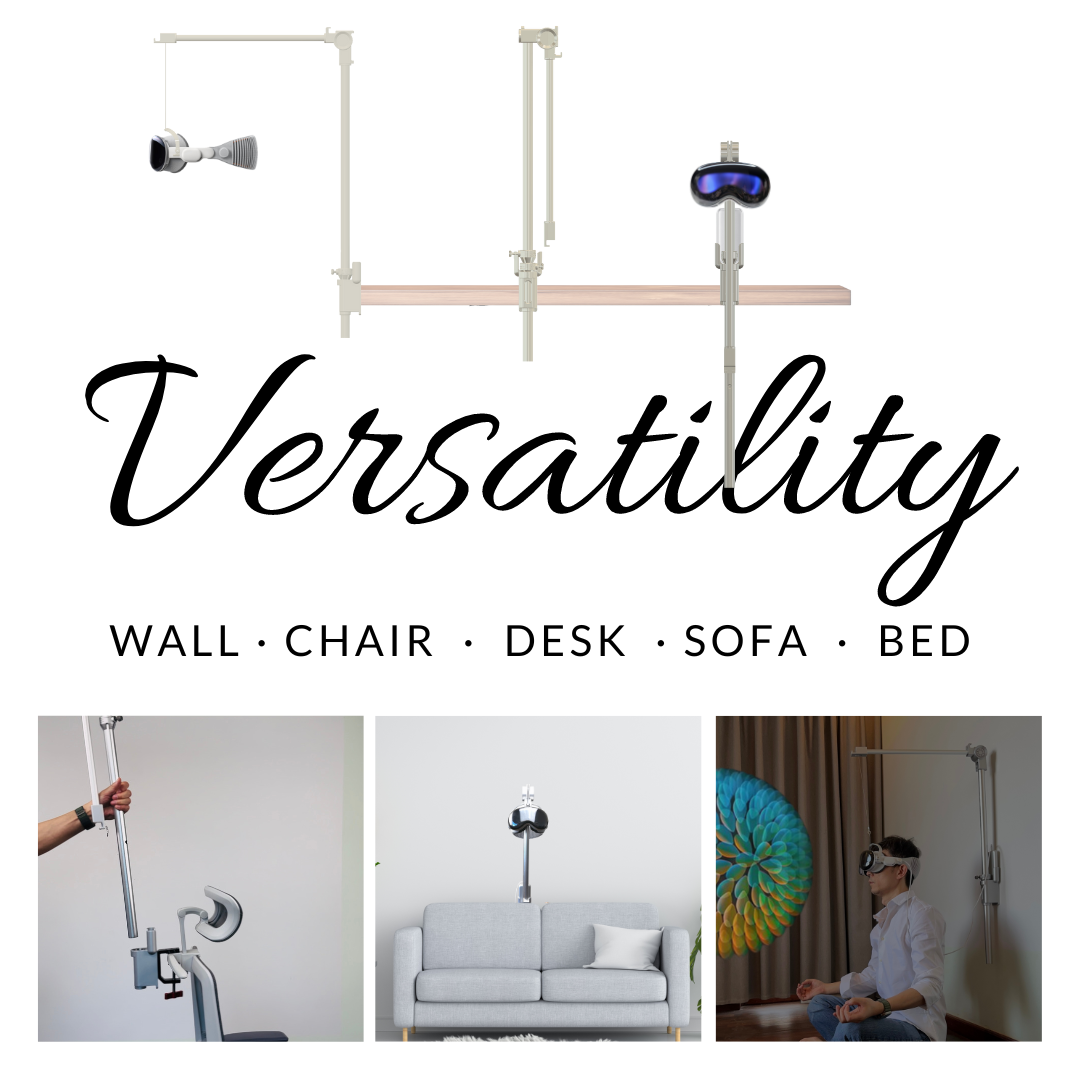
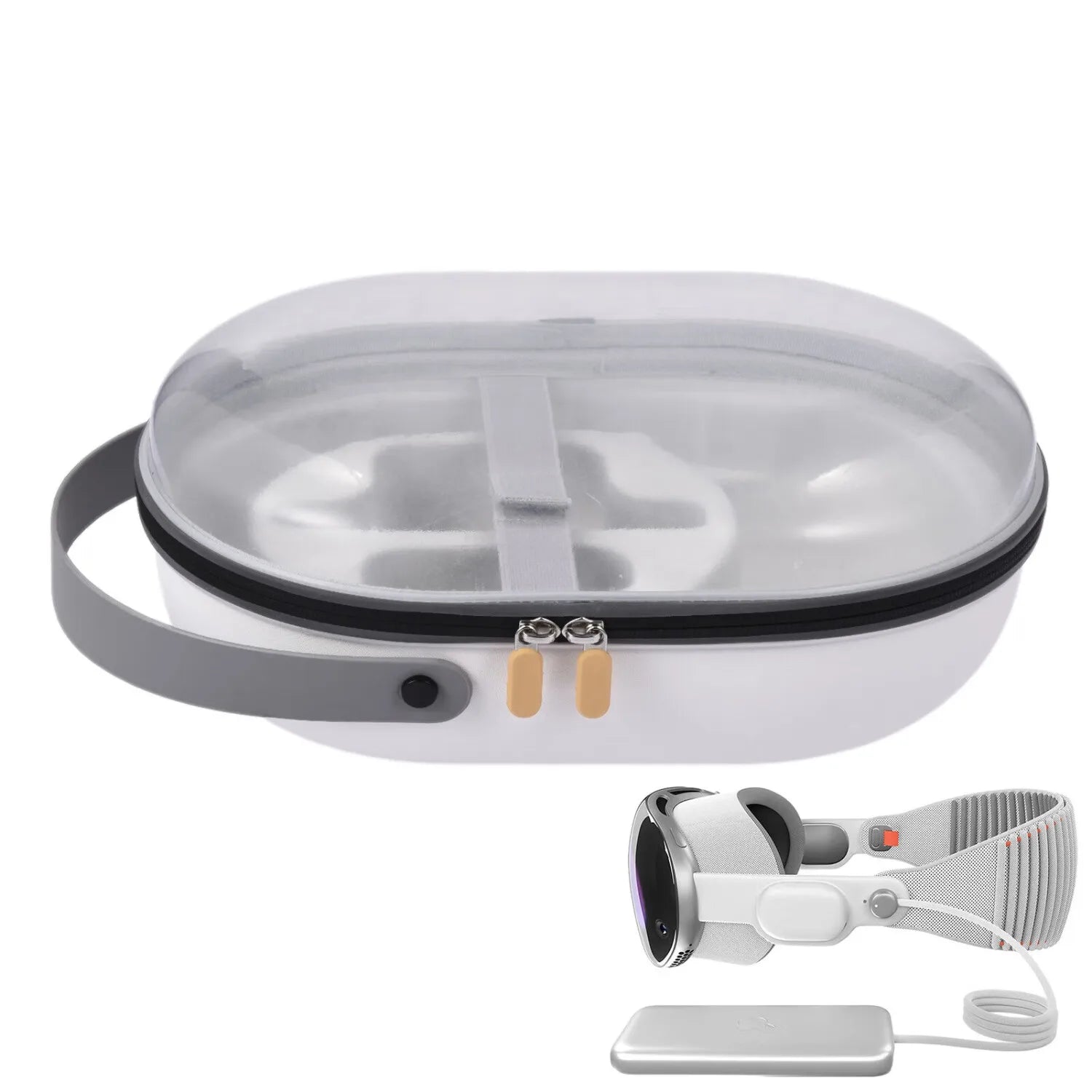
Share:
Practical Comfort Hacks for Vision Pro Reducing Neck Strain During Long Sessions
Staying Cool with Vision Pro: Using Flit Lift in Hot Weather